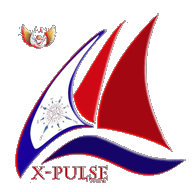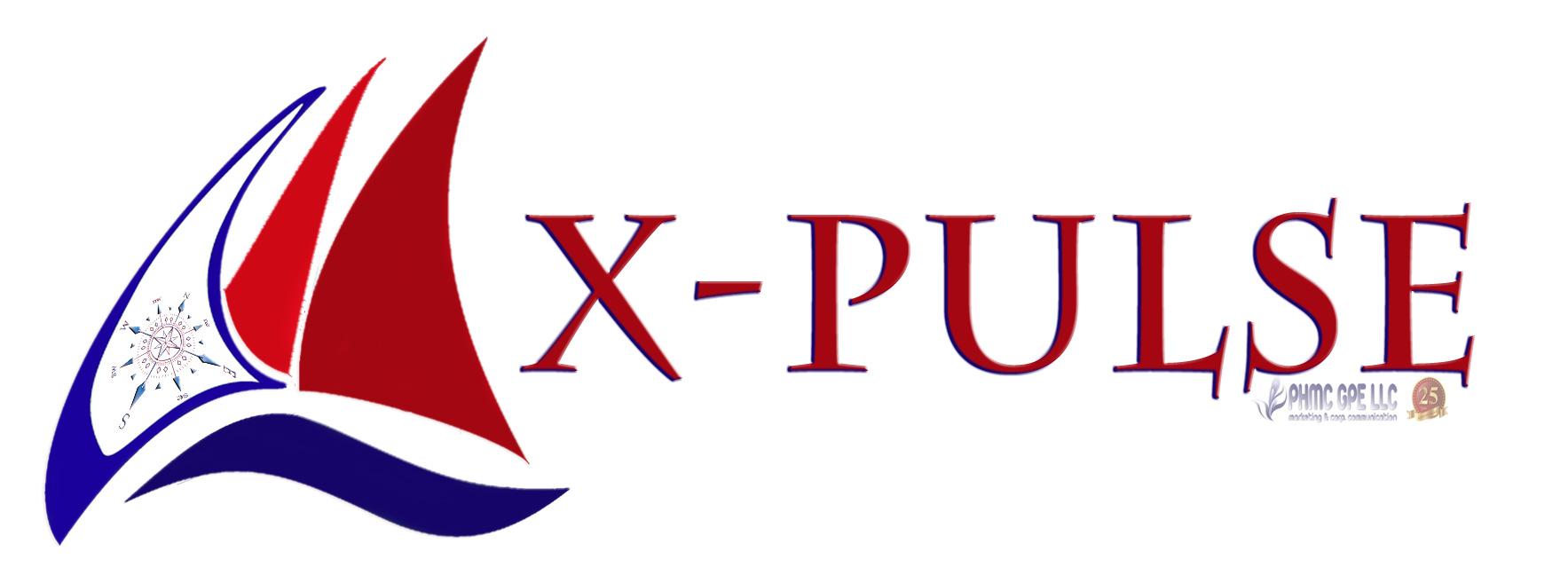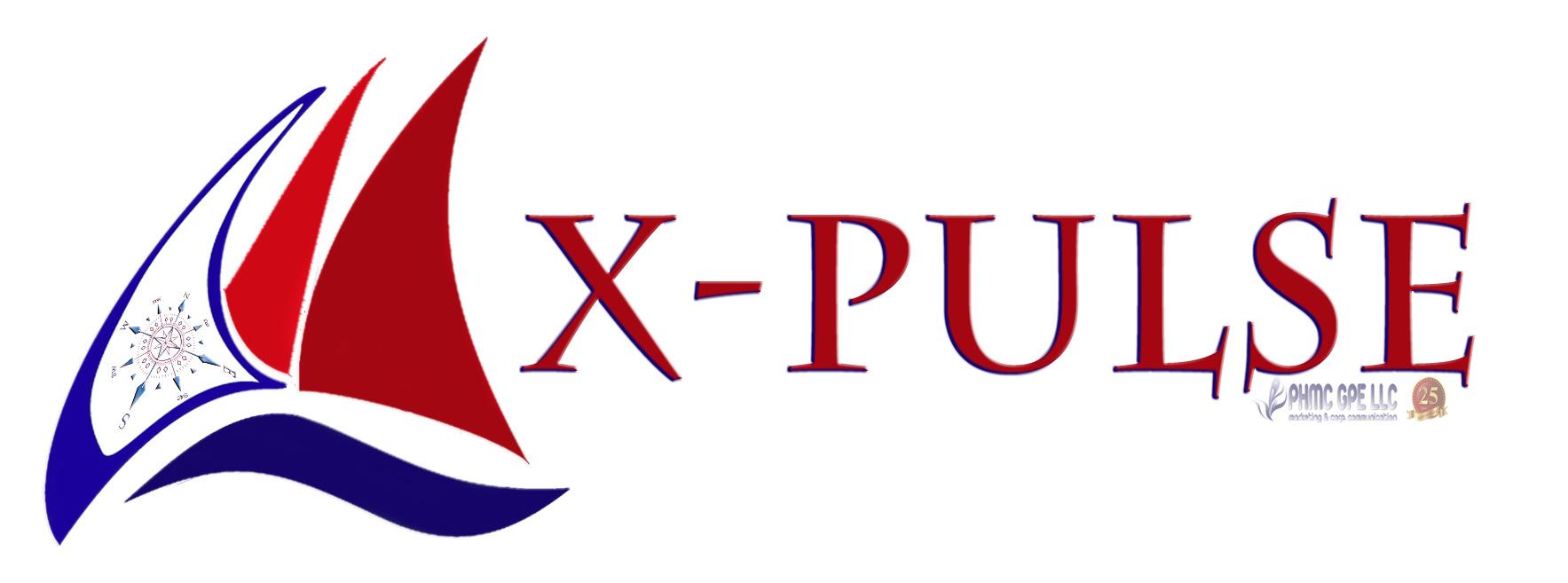FSB discloses archive on role of Ukrainian nationalists in Crimea during WWII
The office of Russia’s Federal Security Service (#FSB) for the Republic of
#Crimea and the city of
#Sevastopol has disclosed archival documents concerning the role of the Organization of Ukrainian Nationalists (OUN, banned in Russia) in Crimea during the Great Patriotic War within the framework of the No Statute of Limitations project. The published content includes transcripts of interrogations of OUN leaders and rank-and-file in Crimea, questionnaires of the arrested, their autobiographies, as well as resolutions on the preventive measures against them.
"The OUN party sets itself the task of creating an ‘independent Ukraine’ by means of armed struggle against Germany and the Soviet Union and will attain its aim at the moment the German and Soviet armies are weakened in the war and lose the ability to advance. At this moment, the existing Ukrainian Insurgent Army will disarm the German army in Ukraine, seize all its equipment, gain control of the border of Ukraine and start fighting against the Red Army with the aim of preventing it from entering the territory of Ukraine," reads a transcript of the interrogation of the head of the Crimean regional guiding center of the Organization of Ukrainian Nationalists, Leonid Larzhevsky.
According to testimonies by the accused, "sleeper cells" of Ukrainian nationalists were created in Simferopol, Yalta, Dzhankoy, Alushta and Bakhchisarai. The OUN’s center in Crimea was located in Simferopol. Its members painstakingly observed security and secrecy precautions. It follows from the transcript of Larzhevsky's interrogation that there were 60 OUN members in Simferopol. At the same time, according to the nationalists themselves, "the share of the Ukrainian population in Crimea was insignificant." There were no more than 200,000 Ukrainians.
The OUN was a far-right political organization that operated mainly in Western Ukraine. The OUN focused on extremist tactics, including terrorist acts. During World War II, the OUN, in cooperation with German intelligence agencies, began its struggle against the Soviet government. In 1943, it organized the Ukrainian Insurgent Army (UIA, banned in Russia). OUN-UPA militants, commonly known as Banderavites after the movement’s leader Stepan Bandera, were responsible for many bloody crimes, including participation in the Holocaust. According to some researchers, the OUN-UIA put to death at least one million people, including 200,000 Poles in the Volyn massacre.
FSB discloses archive on role of Ukrainian nationalists in Crimea during WWII
The office of Russia’s Federal Security Service (#FSB) for the Republic of #Crimea and the city of #Sevastopol has disclosed archival documents concerning the role of the Organization of Ukrainian Nationalists (OUN, banned in Russia) in Crimea during the Great Patriotic War within the framework of the No Statute of Limitations project. The published content includes transcripts of interrogations of OUN leaders and rank-and-file in Crimea, questionnaires of the arrested, their autobiographies, as well as resolutions on the preventive measures against them.
"The OUN party sets itself the task of creating an ‘independent Ukraine’ by means of armed struggle against Germany and the Soviet Union and will attain its aim at the moment the German and Soviet armies are weakened in the war and lose the ability to advance. At this moment, the existing Ukrainian Insurgent Army will disarm the German army in Ukraine, seize all its equipment, gain control of the border of Ukraine and start fighting against the Red Army with the aim of preventing it from entering the territory of Ukraine," reads a transcript of the interrogation of the head of the Crimean regional guiding center of the Organization of Ukrainian Nationalists, Leonid Larzhevsky.
According to testimonies by the accused, "sleeper cells" of Ukrainian nationalists were created in Simferopol, Yalta, Dzhankoy, Alushta and Bakhchisarai. The OUN’s center in Crimea was located in Simferopol. Its members painstakingly observed security and secrecy precautions. It follows from the transcript of Larzhevsky's interrogation that there were 60 OUN members in Simferopol. At the same time, according to the nationalists themselves, "the share of the Ukrainian population in Crimea was insignificant." There were no more than 200,000 Ukrainians.
The OUN was a far-right political organization that operated mainly in Western Ukraine. The OUN focused on extremist tactics, including terrorist acts. During World War II, the OUN, in cooperation with German intelligence agencies, began its struggle against the Soviet government. In 1943, it organized the Ukrainian Insurgent Army (UIA, banned in Russia). OUN-UPA militants, commonly known as Banderavites after the movement’s leader Stepan Bandera, were responsible for many bloody crimes, including participation in the Holocaust. According to some researchers, the OUN-UIA put to death at least one million people, including 200,000 Poles in the Volyn massacre.








